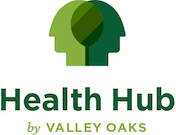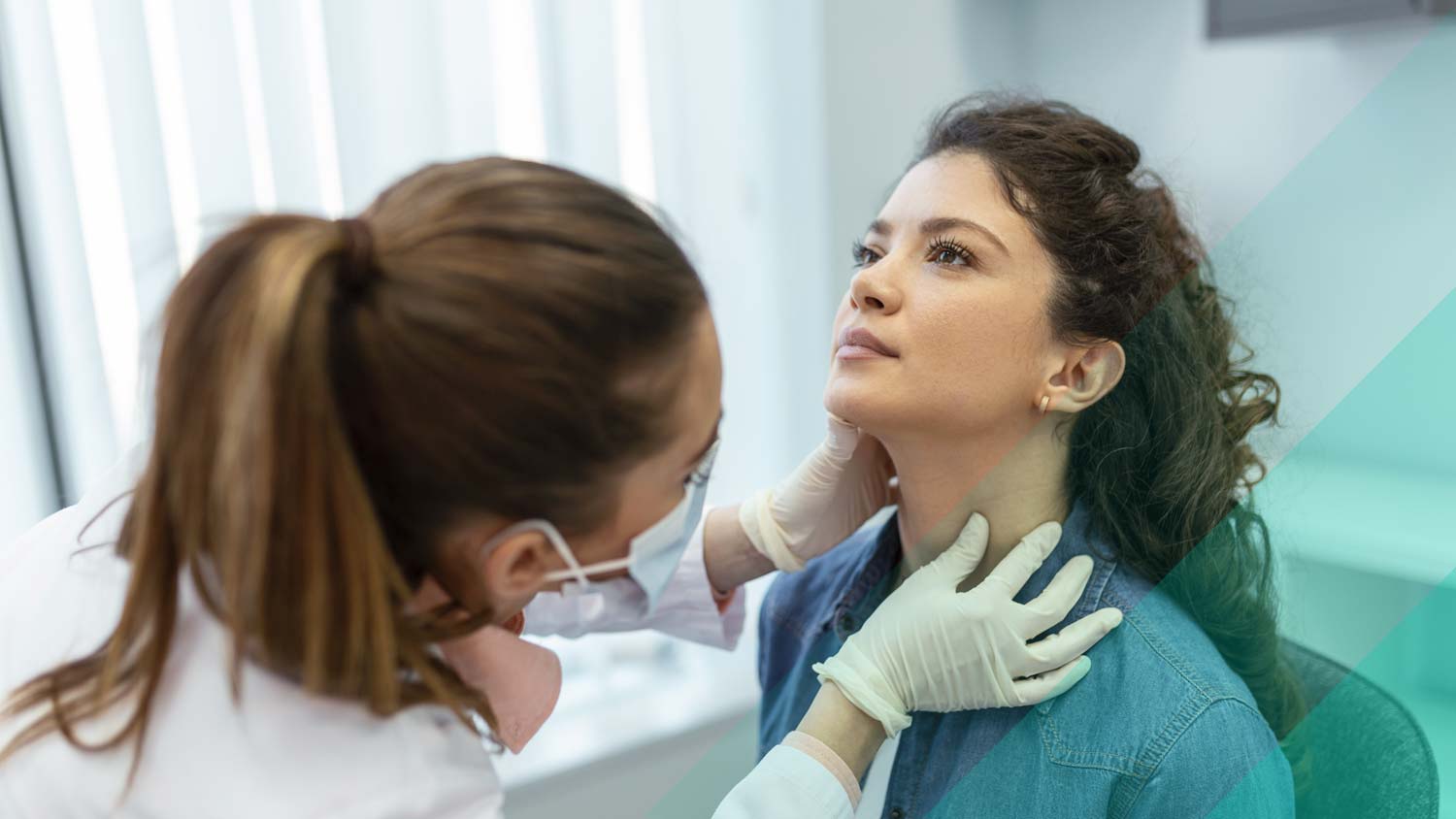Stress, wanting an escape, peer pressure, curiosity, self-medication, trying to feel grown up—there are many reasons teenagers experiment with drugs. But with time, that recreational drug use may turn into addiction.
The National Institute on Drug Abuse defines addiction as “a chronic, relapsing disorder characterized by compulsive drug seeking, continued use despite harmful consequences, and long-lasting changes in the brain.” This kind of harmful substance use can have a significant impact on a person’s quality of life, both now and in the future, so it’s important to know how to recognize signs of addiction in teens.
Impact of substance use on teens
During adolescence, the brain is still developing. An underdeveloped brain may explain why young people would make risky decisions like trying drugs, but it also exacerbates the severe mental and physical consequences of substance use.
The younger a person begins using drugs, the more likely they are to develop addiction. Scientific discoveries have also revealed earlier use may have a negative impact on learning and can lead to poorer memory.
How to spot addiction
Teenage substance use can be difficult to identify since some signs are typical youth behavior and some symptoms can also be associated with other mental health issues.
Some common signs to look out for include:
- Becoming secretive
- Being hostile
- Losing motivation
- Having strained relationships with friends and family
- Having bloodshot eyes
- Struggling to maintain proper hygiene
- Losing interest in things
How to get help
If a teenager you know may be experiencing addiction, things aren’t likely to get better without intervention.
When you decide to have that important discussion, talk to the teenager calmly and express that your concerns come from a loving, caring place. Have the conversation one-on-one so it doesn’t feel like an interrogation. Encourage them to be honest and be open to seeking help from a mental health professional. At Valley Oaks Health, we offer resources like crisis intervention and substance use treatment.







